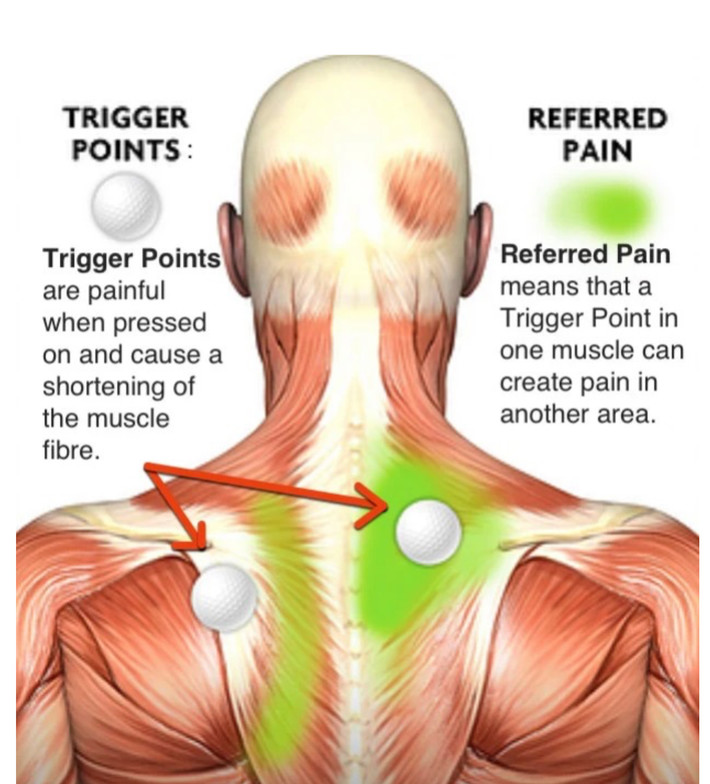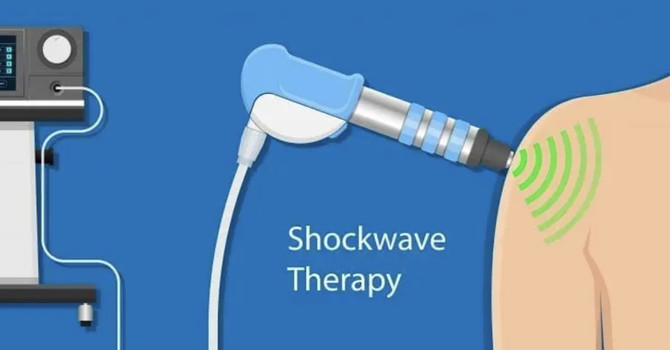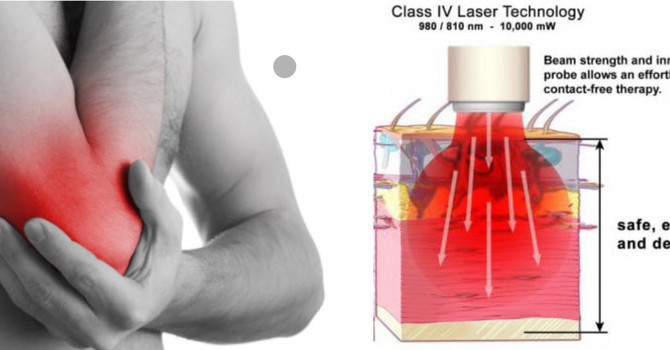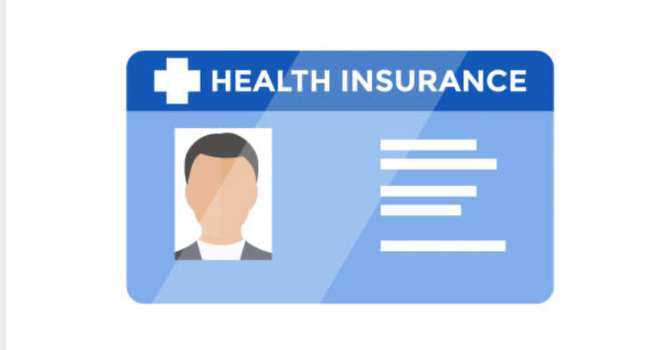
What Are Trigger Points? How Do We Treat Them?
If you've ever experienced a tight “knot” in your muscles that causes pain or tenderness, you may have been dealing with a trigger point. These are a common source of musculoskeletal pain and a condition we frequently address here at Gulf Coast Chiropractic in Daphne, Alabama. Let's take a closer look at what trigger points are, why they form, and how we treat them using evidence-based chiropractic care.
What Are Trigger Points?
Trigger points, also known as myofascial trigger points, are small, hyperirritable nodules within a taut band of skeletal muscle fibers. These nodules can be painful when compressed and may refer pain to other areas of the body. For example, a trigger point in the shoulder may cause pain in the neck or down the arm.
They are most commonly found in muscles that are overused or stressed, especially postural muscles like the upper trapezius, levator scapulae, or gluteals. Trigger points can be either:
-
Active, meaning they cause pain at rest and can refer pain to other areas.
-
Latent, meaning they do not cause pain unless compressed, but may still restrict movement and cause muscle weakness.
What Causes Trigger Points?
Trigger points often develop due to:
-
Repetitive strain or overuse of a muscle
-
Poor posture
-
Acute trauma (e.g., whiplash or a fall)
-
Prolonged immobility or muscle compression
-
Emotional stress, which increases muscle tension
-
Nutritional deficiencies, such as vitamin B12 or iron
-
Sleep disturbances
These factors can disrupt the normal function of the muscle and lead to localized ischemia (reduced blood flow), creating a cycle of muscle spasm, pain, and dysfunction.
How Do We Diagnose Trigger Points?
Diagnosis is largely clinical and based on:
-
Palpation: Feeling for taut bands and nodules within muscles
-
Reproduction of pain: Applying pressure on a trigger point reproduces the patient’s typical pain pattern
-
Muscle weakness or restricted range of motion associated with the involved muscle
While there’s no imaging that definitively identifies trigger points, ultrasound and elastography are being researched as potential diagnostic tools.
Evidence-Based Treatment Options for Trigger Points
At Gulf Coast Chiropractic, we use a combination of manual therapy, modalities, and self-care strategies to treat trigger points. Research supports the following methods:
1. Manual Therapy (Trigger Point Therapy)
Manual pressure or ischemic compression over a trigger point can help reduce sensitivity and break the pain-spasm cycle. A 2018 systematic review in Pain Medicine concluded that manual therapy significantly reduces pain associated with myofascial trigger points.
2. Dry Needling
Dry needling involves inserting a thin filament needle into the trigger point to elicit a local twitch response, which helps reduce muscle tension and pain. Multiple studies, including a 2020 meta-analysis in the Journal of Orthopaedic & Sports Physical Therapy, found dry needling to be effective in reducing myofascial pain.
3. Chiropractic Adjustments
Joint dysfunction and poor biomechanics often contribute to muscle overuse and trigger point formation. Chiropractic adjustments help restore proper alignment and movement, reducing stress on affected muscles.
4. Acupuncture
For patients who prefer a holistic approach, acupuncture can effectively reduce pain and muscle tightness by modulating pain pathways and improving circulation, supported by evidence in journals like Acupuncture in Medicine.
5. Stretching and Postural Correction
Stretching the affected muscle and correcting postural imbalances help maintain long-term relief. Techniques like proprioceptive neuromuscular facilitation (PNF) stretching and ergonomic training are commonly recommended.
6. Heat, Ultrasound, or Electrical Stimulation
Modalities such as moist heat or therapeutic ultrasound can increase blood flow and reduce trigger point sensitivity. TENS (Transcutaneous Electrical Nerve Stimulation) has also been shown to offer temporary pain relief.
Self-Care and Prevention
-
Stay hydrated and eat a balanced diet to support muscle function
-
Practice good posture, especially when working at a desk or on a device
-
Incorporate regular movement and stretching into your daily routine
-
Address stress with techniques like breathing exercises, yoga, or massage
When to Seek Professional Help
If you're experiencing persistent muscle pain, tension headaches, or stiffness that doesn't resolve with rest or stretching, it's time to seek professional care. Trigger points can mimic other conditions and cause referred pain, so a thorough evaluation is key to effective treatment.
At Gulf Coast Chiropractic, we provide personalized, evidence-based care to relieve pain and restore function. Whether you're dealing with chronic muscle tension, headaches, or pain from daily life or sports, we're here to help you feel your best.
Ready to address your muscle pain?
Call us or schedule your appointment online to find lasting relief from trigger points and muscle dysfunction.
Dr. Cooper Patterson
Contact Me


